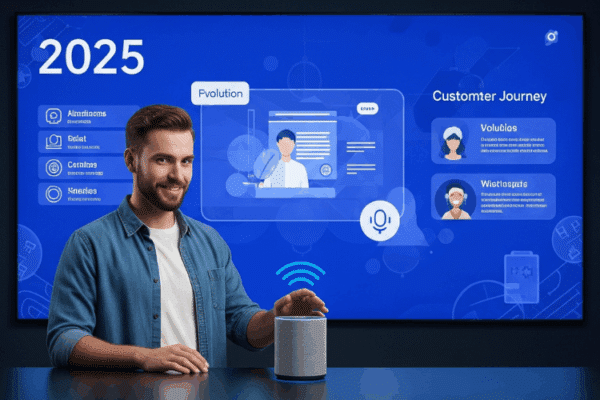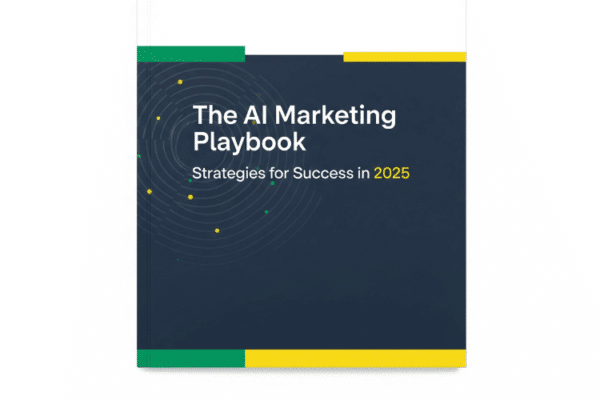Blending the Old and the New: Integrating Digital and Traditional Marketing Channels
Blending the Old and the New: Integrating Digital and Traditional Marketing Channels
Those who thought the rise of digital marketing spelled the end for traditional marketing were mistaken; in 2025, the real power comes from skillfully combining these two worlds. The issue is no longer “digital or traditional?” but rather finding the answer to “how can I integrate digital and traditional most efficiently?”. In this guide, we will explore ways to create holistic and effective strategies by blending old and new marketing channels.

Old Guard vs. New Wave: Leveraging the Unique Strengths of Traditional and Digital Channels

A successful integrated strategy begins with understanding the greatest strengths of both worlds. Traditional marketing still holds powerful cards, such as the broad audience impact and credibility created by a TV ad or the prestigious and tactile experience offered by a magazine advertisement; these channels are highly effective in solidifying brand image. On the other hand, digital marketing offers unique advantages like micro-targeting a specific demographic with Meta (Facebook/Instagram) ads, measuring every user interaction with Google Analytics, and gaining long-term organic visibility with SEO. The most powerful strategy is to bring these two worlds together. For example, you can maximize your marketing effectiveness by reinforcing the brand trust created by traditional media with the personalized and measurable communication capabilities offered by digital.
Bridging the Gap: Practical Techniques to Connect Your Offline and Online Campaigns

Building tangible bridges between the offline and online worlds forms the foundation of integrated marketing. For example, a QR code placed on a restaurant’s menu or in a store’s window can direct customers straight to a special discount page, an online menu, or a mobile app download link. Using an easy-to-remember and short campaign URL (like “mybrand.com/offer”) in a TV or radio ad transforms the interest generated by the ad into tangible data in the digital environment. Similarly, when a brand sponsoring a major sports event creates a special hashtag (like #GoalFever) to be used during the event, it instantly turns offline excitement into a massive conversation and engagement on social media. These practical techniques make the impact of your traditional marketing investments measurable and trackable in the digital realm.
Allocating Your Budget: How to Strategically Divide Funds Between Digital and Traditional

There is no magic formula for dividing your marketing budget between digital and traditional; the decision depends entirely on your target audience and campaign goals. If your target audience is Gen Z, it makes sense to allocate a large portion of your budget to digital channels like TikTok and Instagram, while for a business catering to an older, local audience, local newspaper ads or radio spots can still be valuable. If your campaign goal is brand awareness, TV ads that reach large audiences and viral content on digital can be used together. However, if your goal is direct lead generation, you should shift your budget towards highly measurable Google Ads or social media advertising. The best approach is to map out your customer journey, invest in the most suitable channels for each touchpoint, and flexibly reallocate your budget based on the results you achieve.
Measuring What Matters: A Unified Approach to Tracking Integrated Campaign ROI
![]()
Measuring the return on investment (ROI) of an integrated campaign requires cleverly combining digital and traditional metrics. For example, during the hours a TV ad is broadcast, you can monitor the increase in your website’s direct traffic or in branded search queries like “X brand new ad” through Google Analytics and Search Console. With custom campaign URLs used in offline ads or scannable QR codes, you can clearly see how much digital traffic each traditional channel generates. Asking simple survey questions like “Where did you hear about us?” at the point of sale or on your website provides invaluable contributions to understanding customers’ first touchpoints. A more advanced approach is to use multi-touch attribution modeling to analyze the final contribution of all touchpoints (both digital and traditional) in a customer’s purchase journey to the conversion. This unified approach allows you to direct your budget to the most effective channels.









